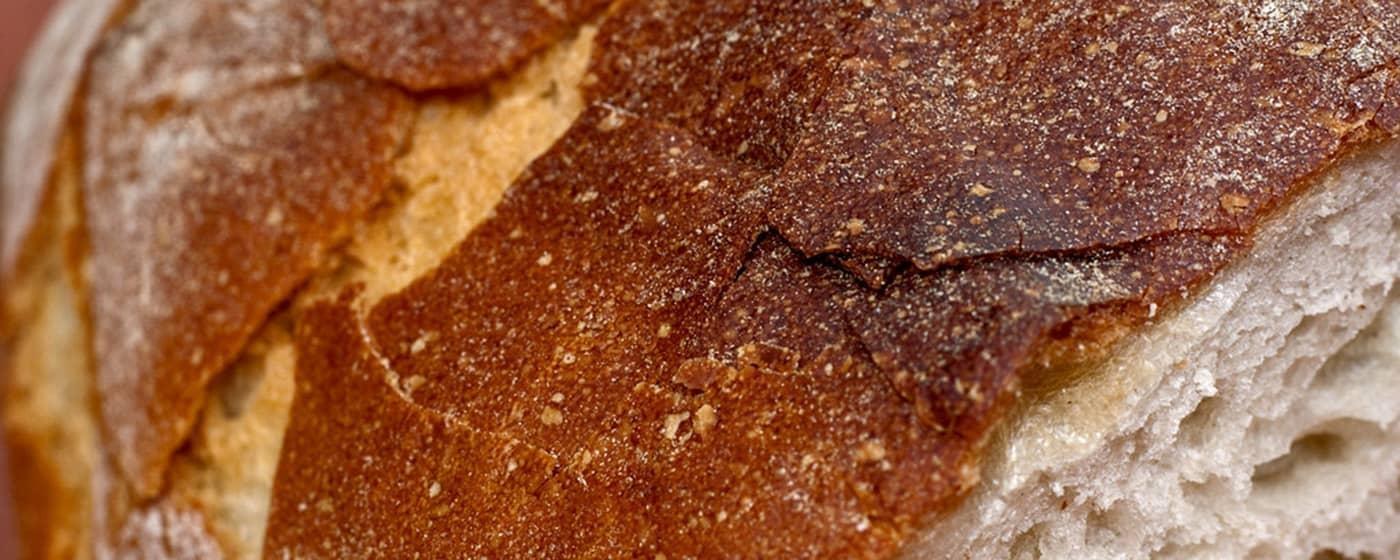The Golden Rule, or Why We Bake Everything at 350 Degrees


If you have done any baking at all, chances are you already have the first line of the recipe memorized: Preheat oven to 350 degrees.
Yes, it’s a nice round number and easy to remember, but that’s not the reason it’s the go-to number for baking. It’s the chemistry behind it. Yes, there’s actual science to explain why everything from banana bread to crescent rolls to a mac and cheese casserole calls for a baking temperature of 350 degrees Fahrenheit.
It’s called the Maillard reaction. Better yet, this reaction explains why baked foods taste so good.
Essentially, the Maillard reaction is the process of browning and it occurs every time you heat a mixture of proteins, amino acids and sugars in food molecules.
Think about roasting marshmallows, baking bread, searing a steak, roasting a turkey, or even roasting coffee. That’s the Maillard reaction in action.
“The real specifics of the Maillard reaction occur when an amino acid (which forms the backbone of proteins) reacts with a reducing sugar (such as glucose and fructose) to produce a 'browning' type reaction,” said Nicholas Gillitt, Pd.D., Chief Science Officer at the David H. Murdock Research Institute in Kannapolis. “The products of this reaction have all sorts of flavors and aromas depending on the individual compounds that end up reacting. And because eating food is a very sensory experience, these products usually enhance the palatability, taste and/or smell of the food enticing us to eat and enjoy.”
To be clear, the Maillard reaction is not just one reaction. It’s many small, simultaneous chemical reactions that occur when proteins and sugars in your food are transformed by heat. And because there are so many reactions happening at the same time, there are many complex flavors produced and many shades of that appealing golden-brown color.
“Cooking temperature, time, pH, and water content are the key factors affecting the Maillard reaction,” explains Shengmin Sang, Ph.D. Professor in the Laboratory for Functional Foods and Human Health, atNorth Carolina A&T State University at the North Carolina Research Campus. “Manipulation of these factors in home cooking and in the food industry has been widely used to control the final color and taste of foods and food products.”
Louis Camille Maillard was a French chemist who researched the science behind browned food in 1912. He discovered that amino acids and sugars in food molecules change at around 350 degrees Fahrenheit, transforming the color and creating new flavor profiles. The raw ingredients not only changed color but also produced carbon dioxide.
But even though Maillard discovered the reaction, he never quite figured out the exact science behind browned food. That didn’t happen until 1953, when John Hodge, a chemist with the United States Department of Agriculture, sorted out the exact chemical happenings in a paper published in the Journal of Agriculture and Food Chemistry.
Of course, all of this doesn’t mean that everything should be cooked at 350 degrees. Some foods require a higher temperature. But if you accidentally throw away the directions, 350 degrees is a good rule. Or as Maillard would say: a golden rule.